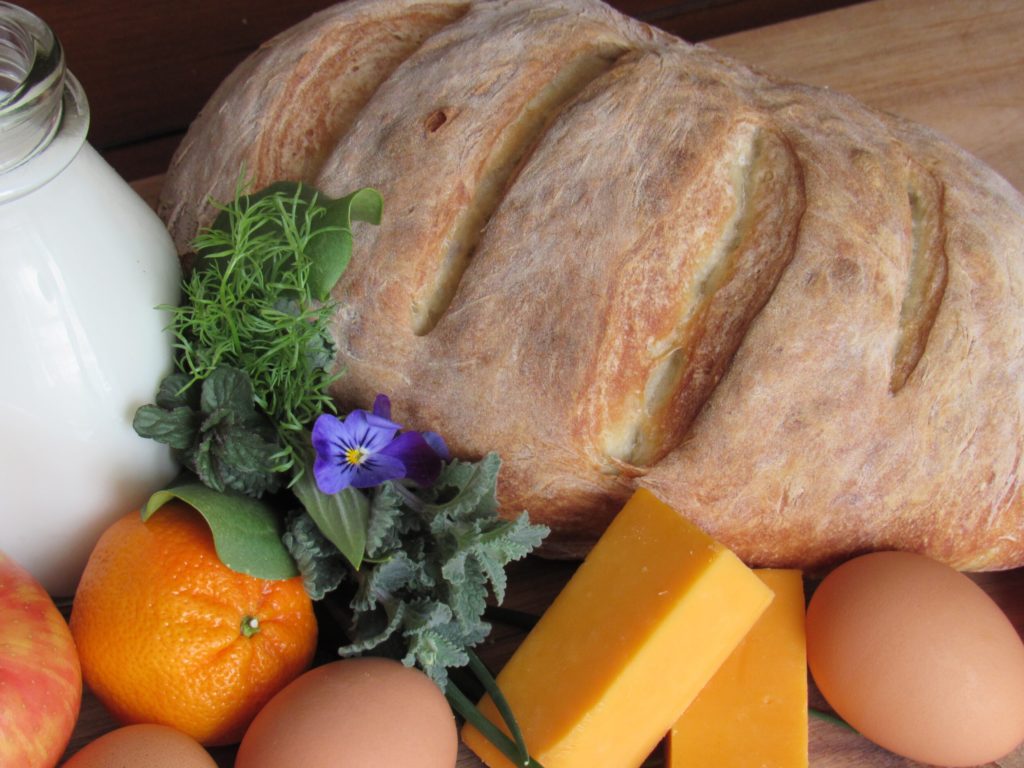Why you need to stop labeling food as good or bad

Why you need to stop labeling food as good or bad
It’s time to stop thinking about food in the context of good and bad—healthy and unhealthy. There’s a better way…
Only you are made up of your unique physiology, preferences, and psychology. Hence, you like what you like, and it’s specific to you.
Instead of good or bad, let’s rewrite the script and look at foods as protection or provoking foods.
What is a Provoking Food?
Provoking foods are foods that provoke hunger, cravings, and cause energy fluctuations.
Have you ever felt the crash that happens after overeating sugar or carbohydrates? Provoking foods are foods that cause you to eat more at your current meal and make you want to eat more at your next meal.
Certain foods are notorious for provoking excess hunger and cravings. These foods are highly palatable and rich in salt, fat, starch, sugar, and alcohol combinations.
Things like:
-
-
- French fries Potato chips
-
-
-
- Sugar Fried foods
-
-
-
- Icecream Chocolate
-
How to identify YOUR provoking foods?
Experiment
Note what happens to your hunger, energy level, and cravings when you eat a specific food.
Get curious and ask yourself some questions:
-
-
- Does it make you more sleepy, cause a stress response, impact your mood?
-
-
-
- Does it make you more hungry, zap your energy, or stimulate more cravings?
-
If so, this is a provoking food for you.
Look for patterns around provoking foods—how do you feel when you eat them?
Remember, one person’s provoking food can be another person’s prevention food.
Provoking foods are different for each person based on preferences and physiology.
For me, a little square of dark chocolate provokes me to eat more chocolate and crave sugar for the rest of the day. For someone else, that same square of dark chocolate can satisfy their sweet tooth and protect them, leaving them feeling content until mealtime.
What’s a protection food?
Protection foods are the opposite of provoking foods. They are the foods that satisfy you without causing compensatory reactions like increased hunger and cravings—plus, they help keep energy levels stable throughout the day.
Protection foods can be eaten freely as a means to help you to eat less at your current meal and encourage you to eat healthier foods at the next meal.
Some examples of protection foods that work for many people are foods filled with protein, fiber, and water.
Things like:
-
-
- Lean meats Eggs
-
-
-
- Veggies Low sugar fruits
-
-
-
- Nuts & seeds Avacado
-
Identify your protection foods the same way you identified your provoking foods.
Experiment and get curious and ask yourself some questions:
-
-
- Does it make you feel satisfied without making you feel overfull, tired, and moody? Does it sustain you for 3-5 hours until your next mealtime?
-
-
-
- Does it lead you to make healthy choices at your next meal?
-
If so, this is a protection food for you.
Look for patterns around protection foods. How do you feel when you eat them?
Start looking beyond the idea of good and bad, healthy or unhealthy, and think about what food makes you eat better, takes the edge off cravings, and keeps your energy levels even through the day.
For me, a glass of wine is a protection food.
I know wine is not a food, but at the same time, If I’m out with friends for dinner and I have a glass of red wine, I tend to feel satisfied ordering a simply prepared meal with protein, veggies, and a minimal amount of starch or fat.
That glass of wine satisfies me enough that I can happily order my dinner grilled without sauces, butter, and all the extra salt. Most restaurants are happy to accommodate this request.
Another one of my protection foods is a protein shake that will rock your morning (seriously, trust me). If I start my day with a shake, I am satisfied for 4-5 hours and eat a healthy lunch.
Time to start protecting with food…
Identify your provoking & protection foods and start creating awareness around what foods serve you best to reach your goals.
Then once you have a solid list of foods, start experimenting with new recipes that include your protection foods.
Keep in mind we are all different—you will need to experiment to find what works for you.
If you’re looking for more of these protection and provoking foods, check out my Instagram post about them right here.
